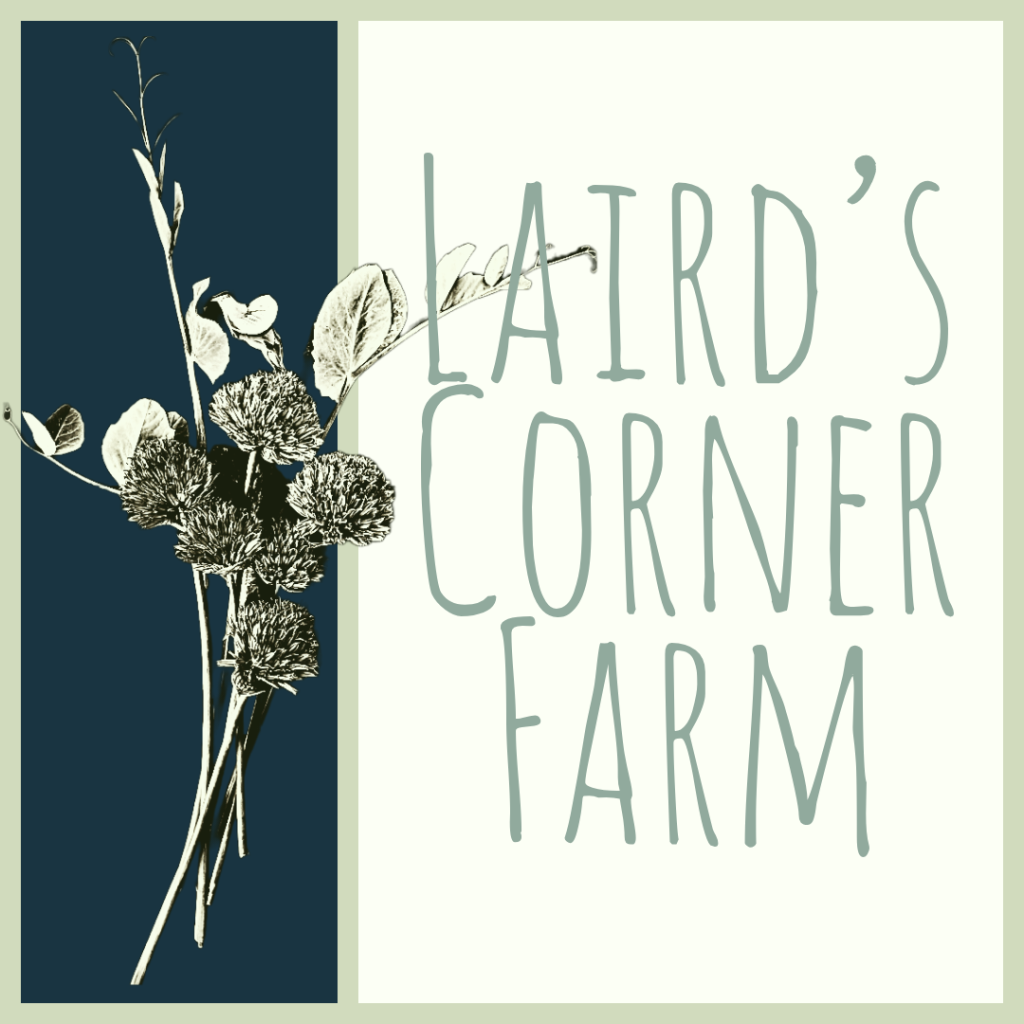Farm Journal: Free Stuff, Manure Magic, and a Plan for Compost
I don’t know what I’d do without Michael “Make Friends Everywhere” Long. I honestly don’t. This man just came home from across the road, where he was chatting up the owner of the firewood business up at the corner… and secured us a basically infinite source of sawdust. Free. Delivered.
Sawdust? So what?
Mulch, bedding, and compost, is what’s what!
Sure, sawdust is a very high-carbon “brown” material. But it’s organic matter, it will moderate soil temperatures and conserve moisture as a mulch, and eventually it will break down into lovely stuff and improve our soil for the long haul. And that’s not just my supposition; wood mulch is pretty common, though chips are used more than sawdust. Long ago, I watched a video my dad sent me about Paul Gautschi’s “Back to Eden” gardening, which showed heavy mulching with wood chips. Bryan O’Hara writes about using wood chips as mulch (among other materials) in his excellent book, No-Till Intensive Vegetable Culture (2020). Sawdust is free, readily available, easy to work with (so light!), and by gosh, we’re going to use it.
Animal bedding is another exciting use for the stuff. And here’s where my Grand Scheme for Compost begins to take shape:
Chicken poop + sawdust + time = perfectly balanced, seed-free, chunk-free, sparkling clean compost
…Yeah, that’s it. That’s the Grand Scheme. But brilliant in its simplicity, right?! I’m particularly keen on using this compost as a seed starting medium, rather than continuing to buy in coco coir. Composted wood and bark are sometimes used in peat-free potting mixes, at least in the United Kingdom, where there’s a big movement away from using peat in gardening (and where my favorite horticultural TV shows all originate). The chicken manure will add nitrogen and speed up the decomposition process. And it will mesh perfectly with the deep bedding technique we plan to use in our livestock’s enclosures, first with chickens and eventually with pigs and sheep, too.
Speaking of free stuff, the guy who cut the farm’s hay the last couple of years introduced us to a woman who runs a horse rescue nearby and is willing to drop off loads of horse manure for us. Horse manure isn’t known for being the richest stuff, but just like the sawdust, it’s organic matter, so hey. And Vanessa assured us that she uses only organic, herbicide-free hay, pasture, and bedding, so we shouldn’t run into any of the persistent herbicide issues that have proved ruinous to some compost-using farmers we’ve heard of.
And she’s not the only connection we owe to the magic of manure. One of the very first farming friends we made is a goat rancher who was offering free goat manure to anyone who wanted to come pick it up. Soon, not only were we harvesting the potent stuff from his barnyard pile, but he started bringing his goats to our property and setting them to feast on our invasive blackberries and scotch broom.
The best thing is, these arrangements aren’t just good for us—they’re good for them, too. I’m not sure what Wayne used to do with his sawdust, but Vanessa told us she had been trucking her horse manure all the way to Sequim to a place that charges a small drop-off fee for compostable materials. We feel amazing that not only can she drop it off with us for free, but we’re less than five minutes, instead of about 25 minutes, away from her farm. Mark’s goats have nearly infinite fresh, juicy greenery to browse, which probably makes their meat taste better and surely costs less than feeding them hay. We have come to really appreciate the sense of community and mutual assistance in the local sustainable agriculture world. It’s one of the things we love most about our chosen path. And we know we’ve only just begun to dabble. There’s a whole ocean of cooperation and support out there, and we plan to immerse ourselves in it.
